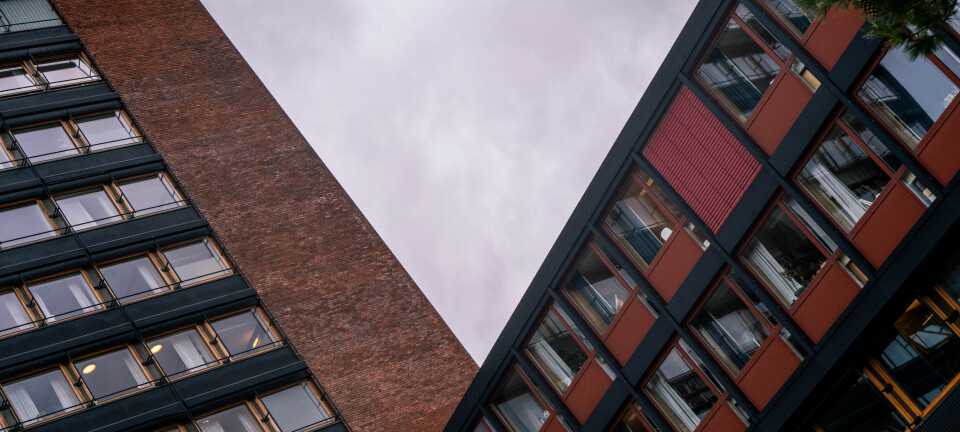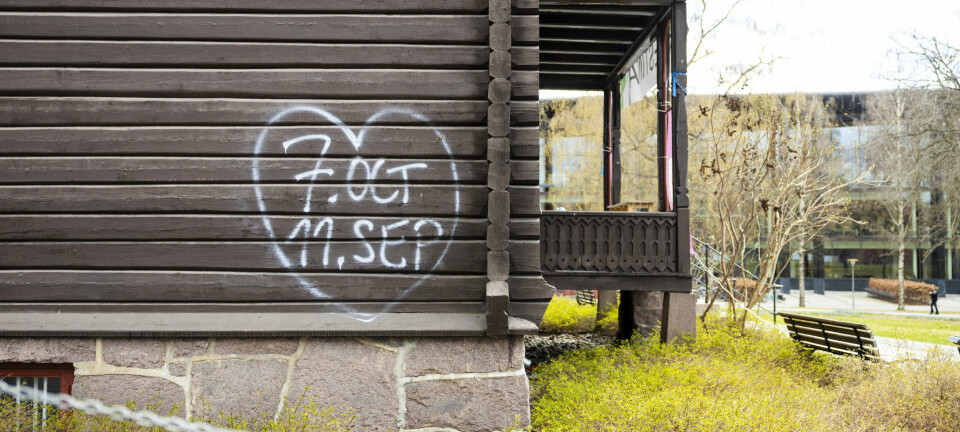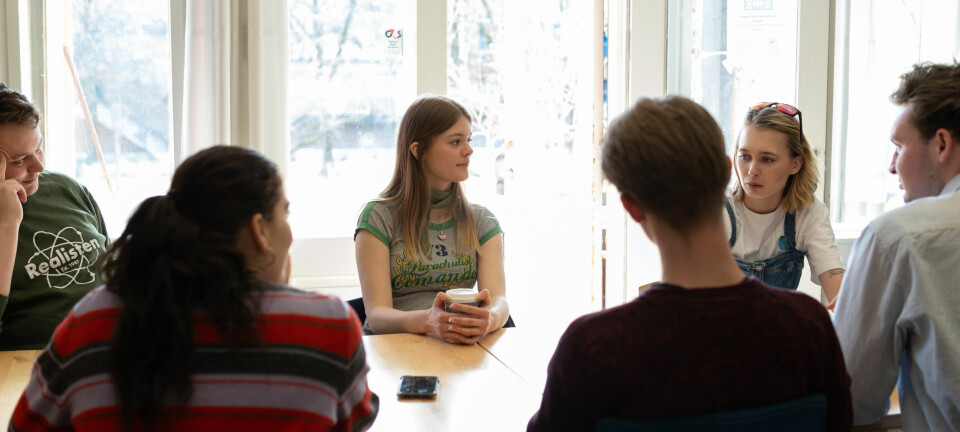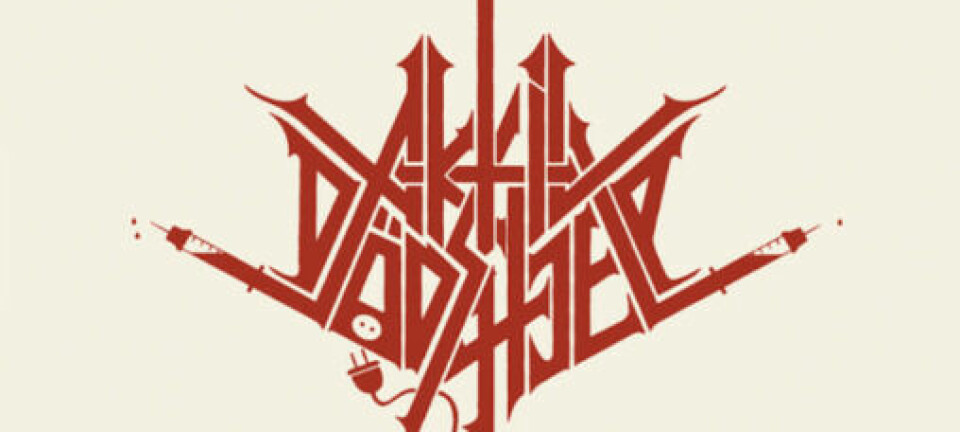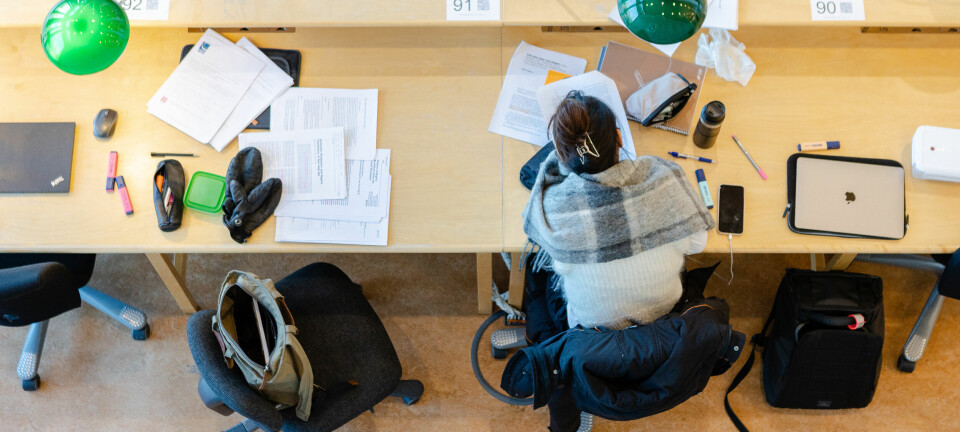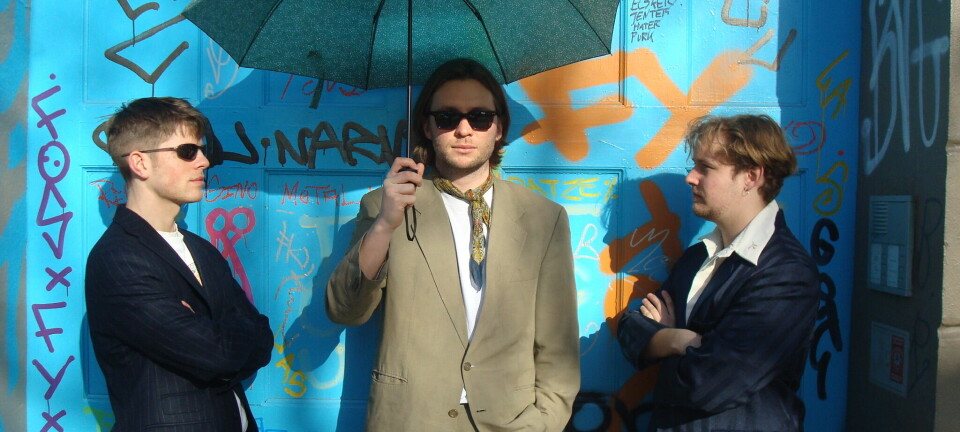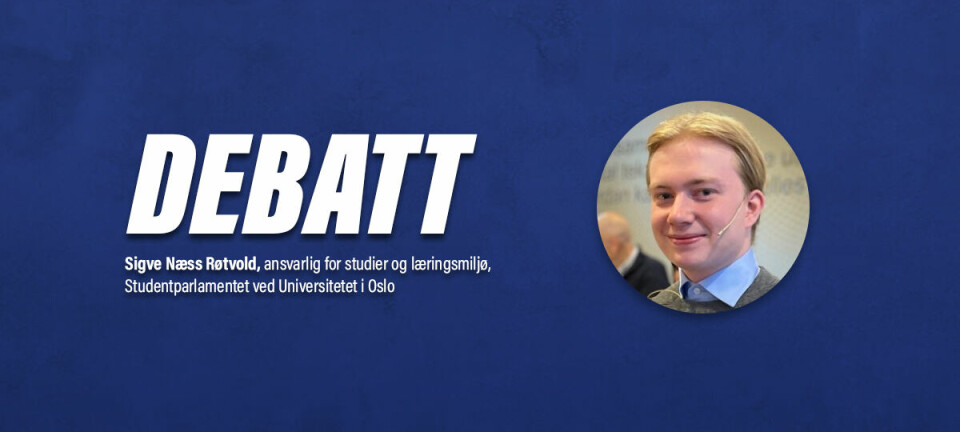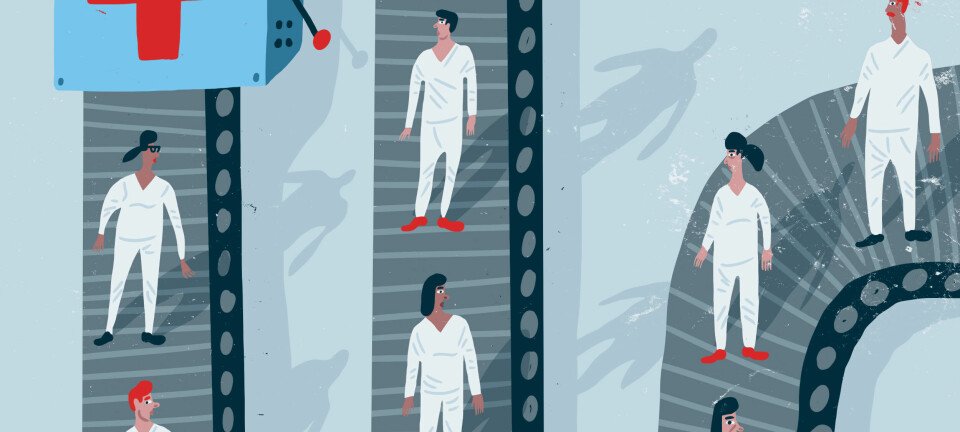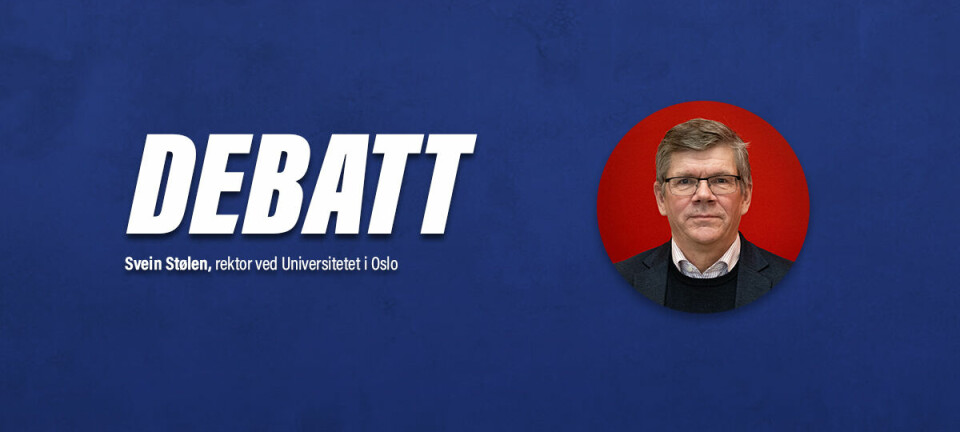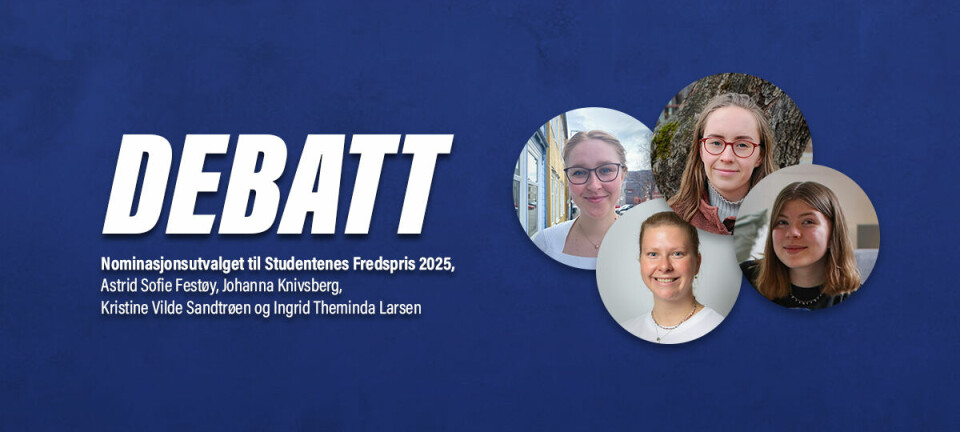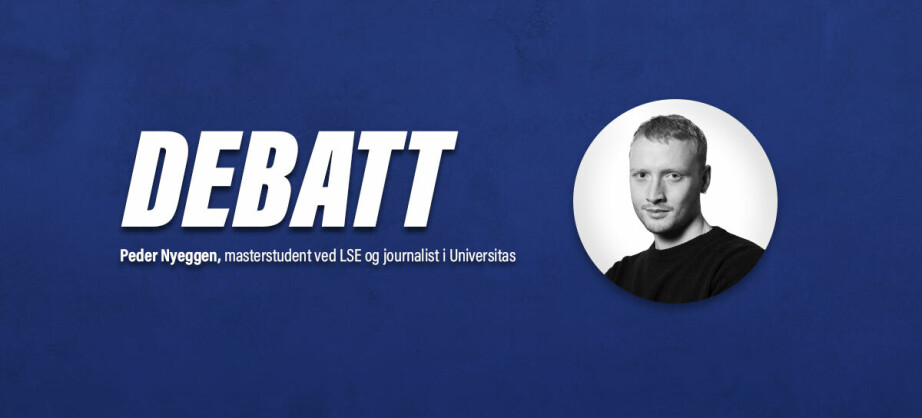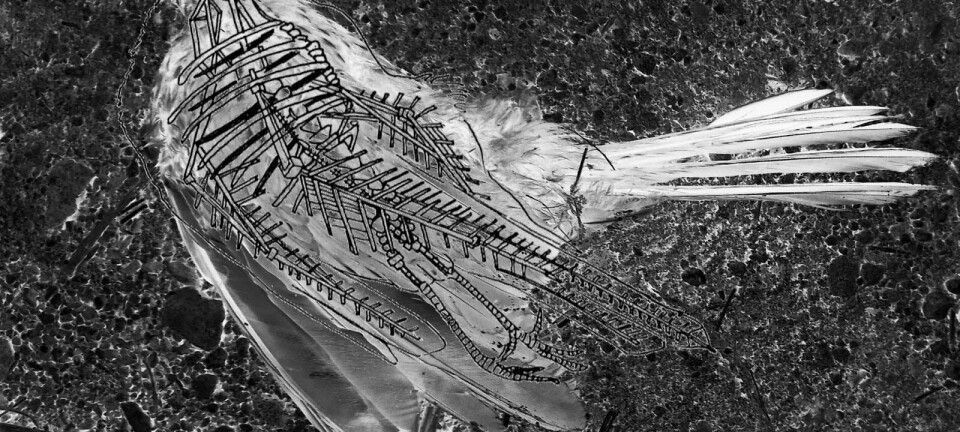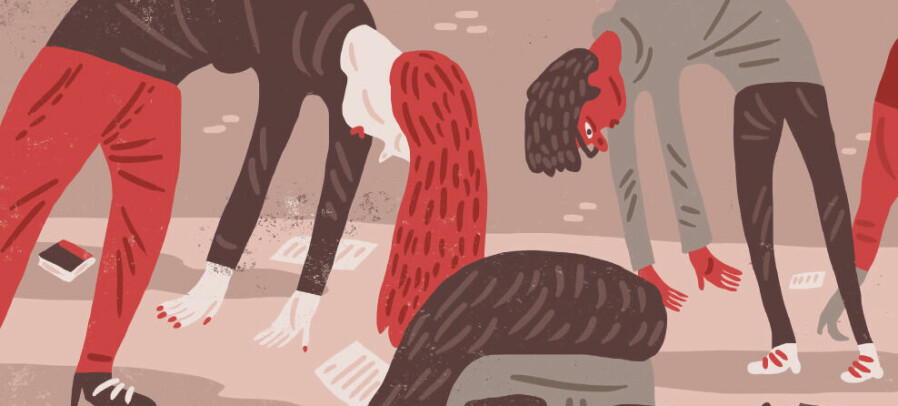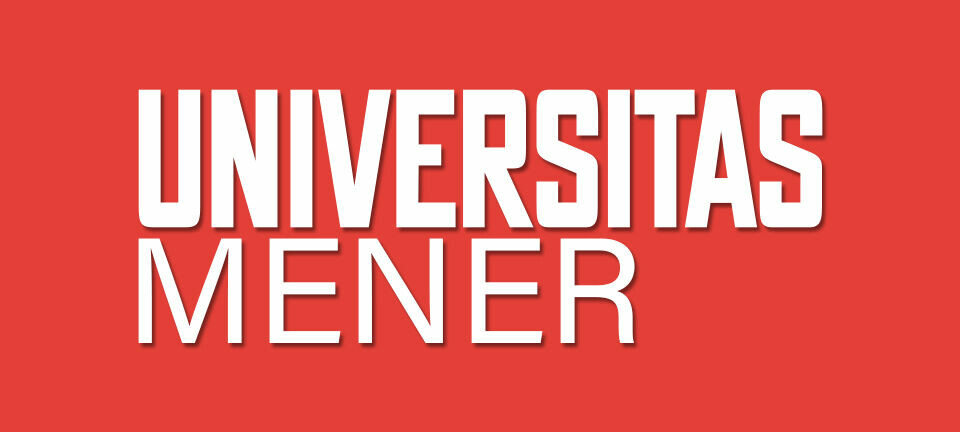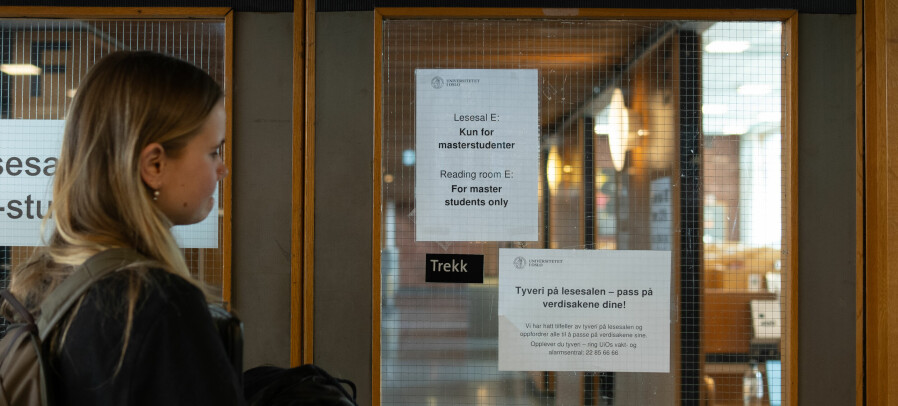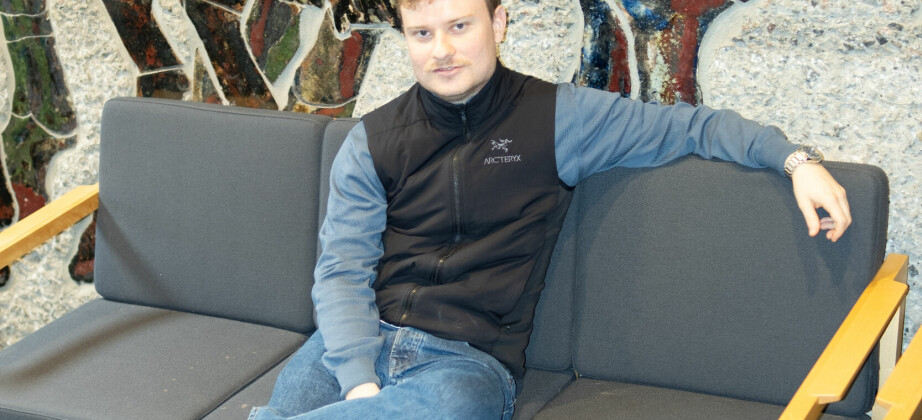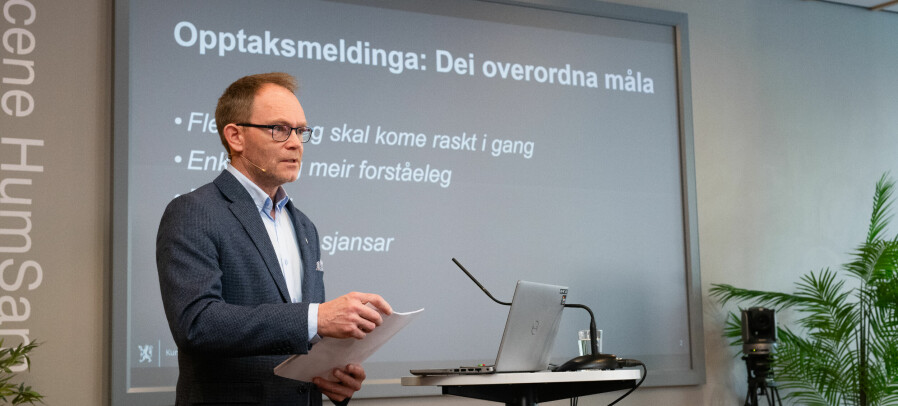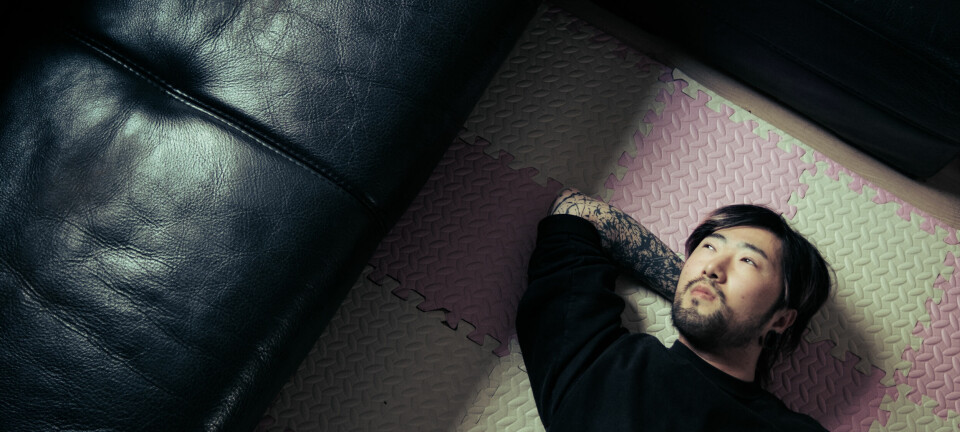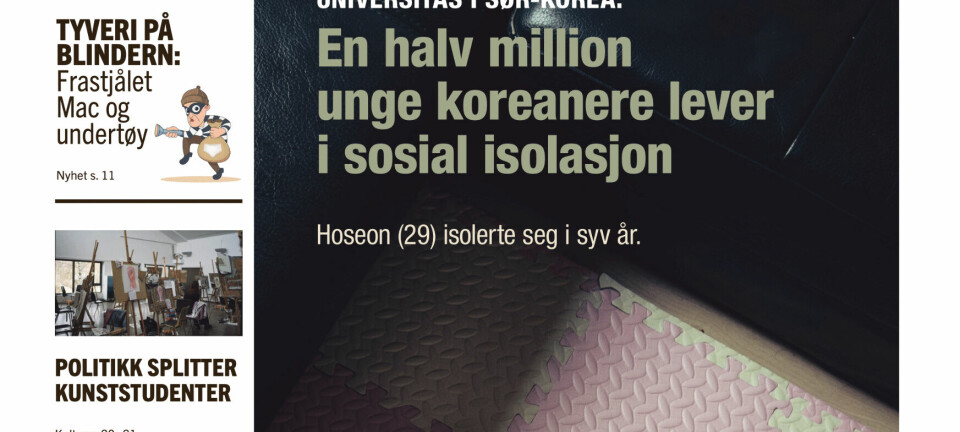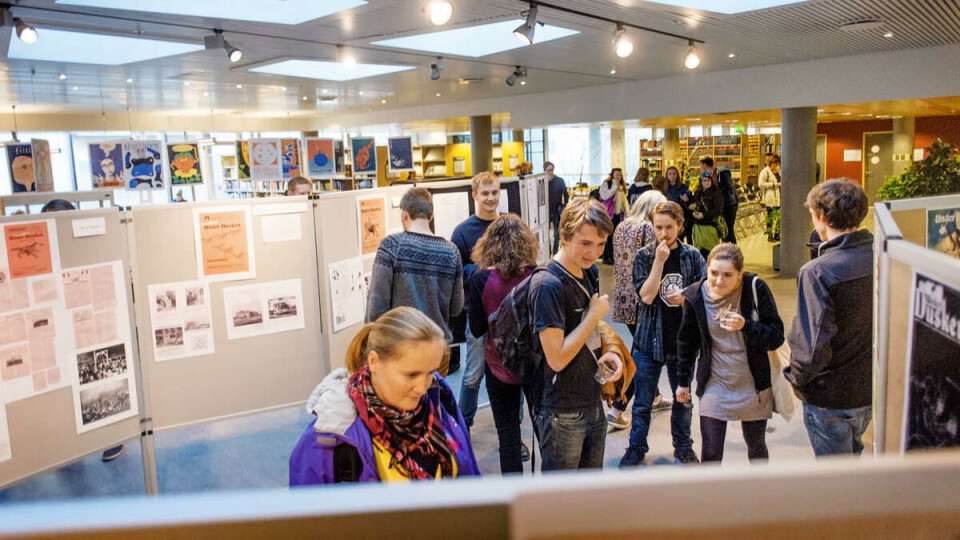
Norway's oldest student newspaper in danger of being closed down
Dramatic monetary struggle can send our oldest student newspaper into the abyss.
The student media in Trondheim is owned by Samfundet and SiT, whereupon Samfundet have resigned from their part-ownership agreement. This means that in December, the student media will be left with only one owner and a halved budget. CEO at the student media in Trondheim, Mikkel Bolstad Dæhli, is frustrated about the situation.
– We are talking about very small sums. They both want to keep the student media, but it’s a matter of principle. We have 250 students who want to work with student media, so I think it is a pity that both SiT and Studentersamfundet are doing so little to keep it.
With only one owner and a halved the budget, the hardest price is paid by Under Dusken, Trondheim students’ newspaper for over 100 years. If Samfundet and SiT reach an agreement, or a new owner comes along, they will have to start all over again with a new corporate form in January, and without Under Dusken.
– We experience that our owners gambler with Scandinavia's oldest student newspaper. Student media has been a part of Studentersamfundet for 100 years, and we’d like to continue.
Will cut funding
Dag Herrem is the leader of Finance Board at Samfundet, and he says that it is unacceptable to continue to foot almost half the funding, when they themselves are an association based solely on volunteer work.
– We look to Oslo and Bergen, where funding is covered by the semester fee and student welfare organisations, says Herrem.
Herrem would still like to retain ownership and help to recruit volunteers to the edition staff.
Chairman Knut Jørgen Vie at SiT believes such an agreement is unacceptable for them.
– That means that Samfundet will manage the engine at the organisation, while we are left with the full financial responsibility. We cannot have a financial responsibility for something we have no control over, says Vie.
Student media in Trondheim receive NOK 400 000 in funding from Studentersamfundet, and NOK 600 000 from the student welfare organisation through Velferdstinget (the Welfare Council) and the semester fee which all students must pay. This makes the student media in Trondheim much cheaper to run than in Oslo and Bergen, where the total student media receives respectively NOK 4.4 million and 2.9 million, according Herrem.
– What makes it cheap to run the student media in Trondheim is because we have Studentersamfundet. You get many volunteers and many talented people, he says.
Bleak rent
Today the student media in Trondheim pays NOK 400 000 in rent, for one of SiT's premises right next to Studentersamfundet. That means that of the NOK 600,000 the student media receives from the welfare council, 400 000 goes right back to SiT. Blstad Dæhli is not pleased with this, and thinks SiT has too much money in equity already.
– The money goes into a professional company that doesn’t use them. It could have easily been crossed out with a stroke of the pen, but they choose not to do so. It would make everything much easier, says Bolstad Dæhli, who says SiT had a profit of NOK 58 million last year.
In both Bergen and Oslo, student media is let off paying rent. Herrem thinks the rent is bleak and believes SiT easily can come up with the subsidy level needed for student media.
– They should give of NOK 1.2 million, but they gave NOK 600 000 this year. If they just give away the premises, and they’d already be up to a million.
– Not quite intuitive
Vie believes it is not that simple, and says it would be wrong of SiT to use their housing budget to give away property to student media in Trondheim.
– I understand that it is not entirely intuitive, but we cannot refuse student media to let with us. We would have rented it out to others if we didn’t have student media as tenants, says Vie.
He says that it is the other tenants at SiT who have to pay if they cut the student media.
– We can cut the profits of SIT and finance it from there, but then there will be less money for housing in the future and more expensive fees.
Herrem is aware that it would be a lot more beneficial, not to mention cheaper, if SiT went for the model Samfundet wants, because Samfundet is so popular that they does not need to use fees as an incentive.
– They see that there is another option without it costing NOK 3-4 million. That would mean that SiT would have to start paying salaries. It's a pretty big advantage to cooperate with Samfundet, and in this respect we are the largest contributor.
